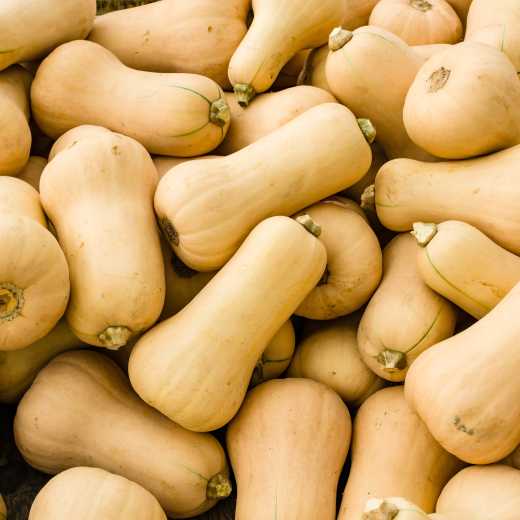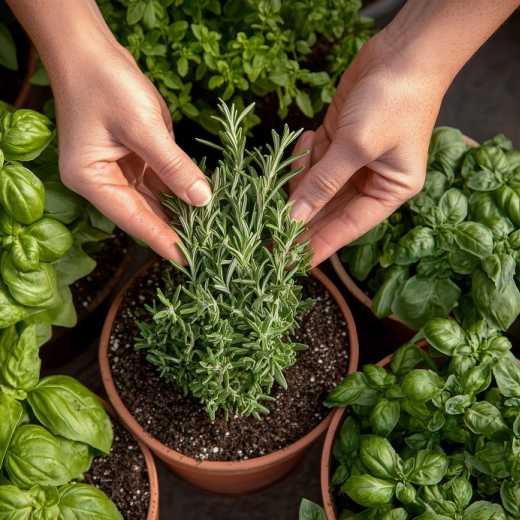Honesty, Prosperity, and Wealth in a Dried Flower Arrangement
Some plants provide beauty in the spring and then step back off stage, only to be forgotten until next spring. Others provide beauty in the spring, come back with an encore in the fall, and stay with us all winter long. Honesty or Lunaria annua is such a plant.
A member of the cruciferous family (Brassicaceae), honesty has the typical four-petal cross flower shape although I think the petals are wider and larger than roadside mustard. This herbaceous plant reaches 2 to 3 feet tall. The flowers are purple although there is a white variety. Usually there are masses of blooms in April because the plant self-seeds.
In the summer, the flowers form green, flat, but oval-shaped pods with large seeds inside. As the pods mature, the green disappears, the seeds drop, and what is left is the translucent papery thin membrane of each pod. This beautiful pod, also called a silicle, is used for dried flower arrangements and wreaths.
Honesty is an old plant with many common names. The name “honesty” refers to the frankness of the plant in displaying its seed in the pods (because the seeds show through their transparent pods). It also is called white satin flower since the mature pods are shiny like satin; moonwort because the translucent pods are round like the moon; and money-in-both pockets and silver dollar plant because the mature pods look like coins.

In the language of flowers, the plant represents honesty, money, and sincerity. In witchcraft, honesty is a protective plant, known for keeping away monsters. Honesty also is used in spells for prosperity – the mature seed pods resemble coins and promises of wealth.
Honesty is a biennial that self-seeds so it is best grown in a mass or in an area where it can self sow. It is a woodland type of plant, part sun and part shade in well-drained soil. Hardy to zone 5, honesty has fragrant flowers that attract butterflies, and the plant is deer resistant.
A native of Europe, honesty was one of the first plants introduced to this country by the colonists. The plant was common in colonial gardens and can be seen in historic colonial gardens such as Mount Vernon and Monticello in Virginia. Nowadays, most local nurseries sell the plant and seed -- it is easy to find and easy to grow. Try growing honesty this year and save the seed pods for dried flower arrangements.
National Garden Clubs, Inc. is a 501(c)(3) organization that aims to promote the love of gardening, floral design, and civic and environmental responsibility. There is a local club near you, click here to find one and join. Subscribe to the NGC’s blog by entering your e-mail here. You do not have to be an NGC member to subscribe. NGC welcomes blog article submissions, e-mail the Blog Administrator at blog@gardenclub.org.

 Member Login
Member Login






